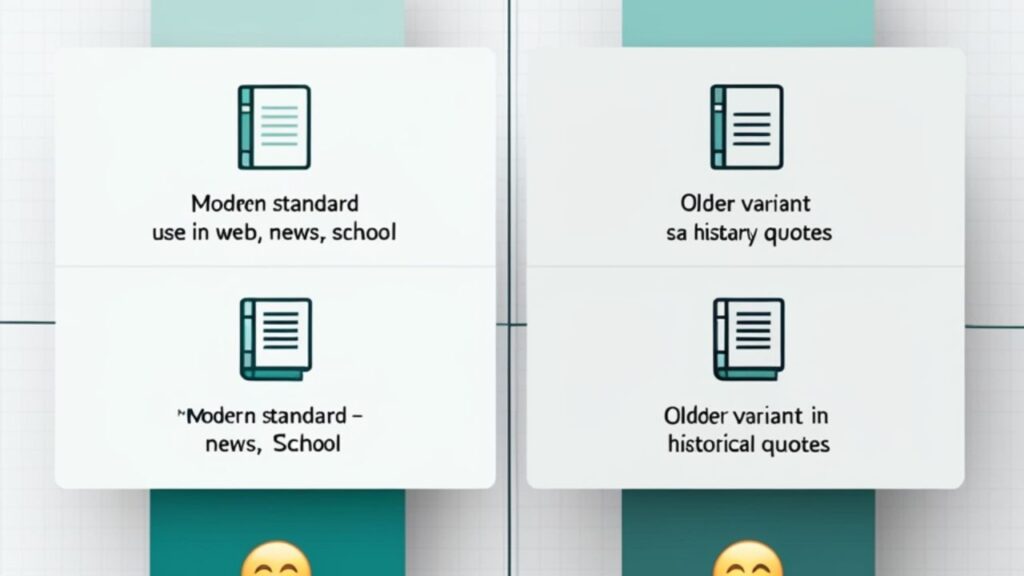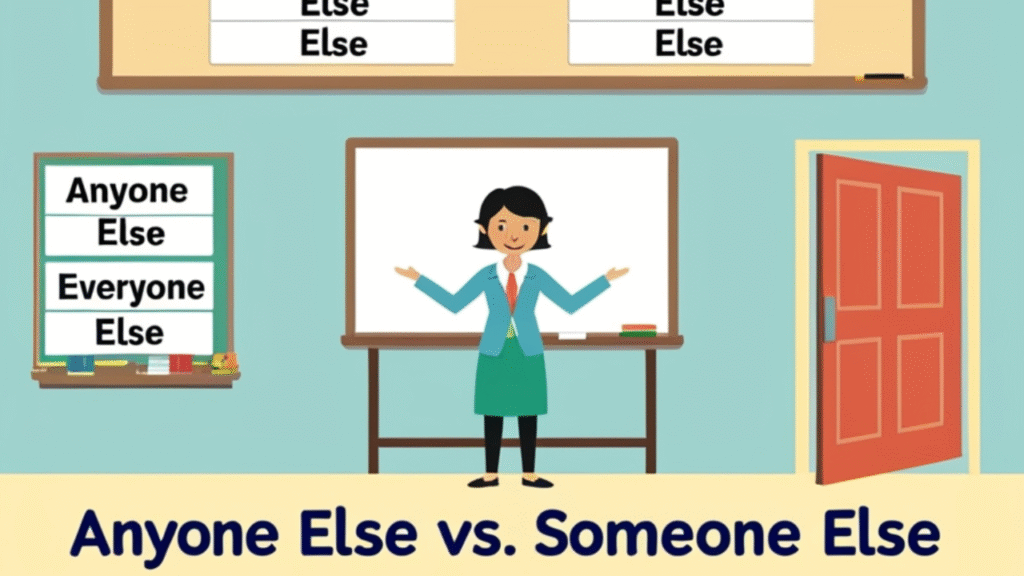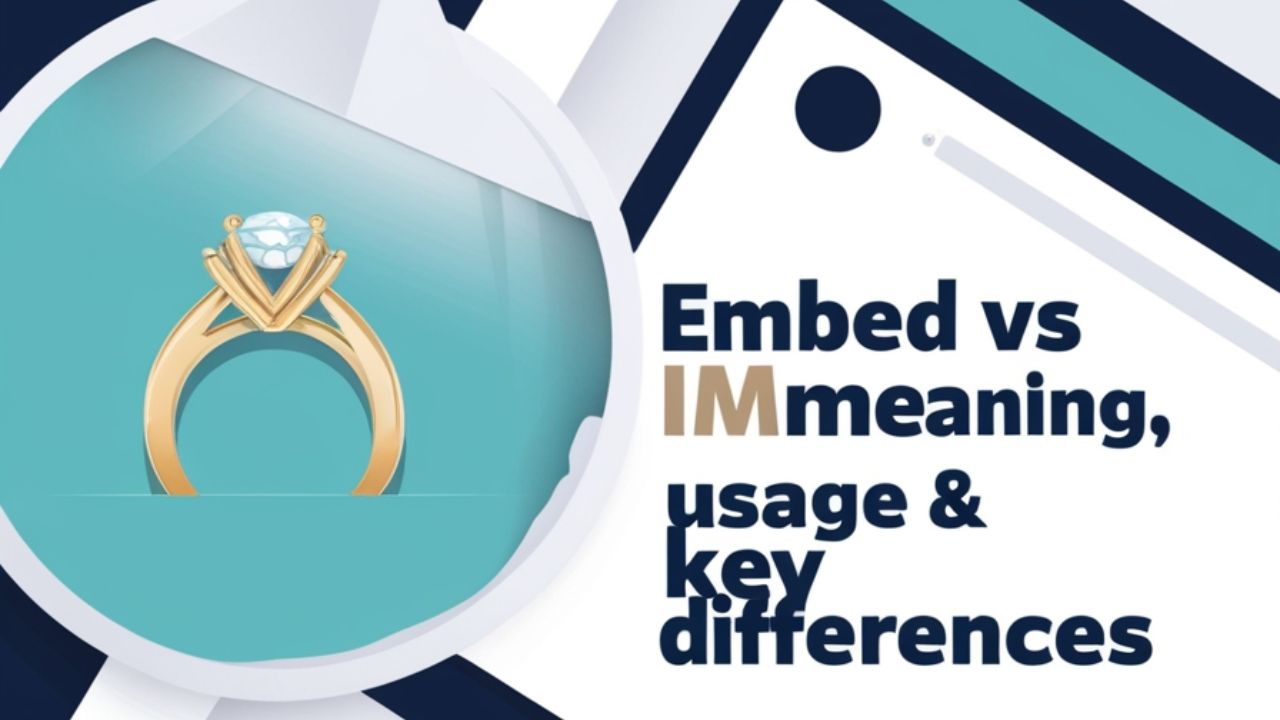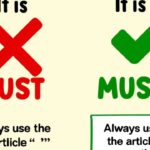Embed and imbed share the same meaning. Writers use both to show placing something firmly inside another thing. Modern books and websites prefer embed. Older texts sometimes use imbed. You learn both spellings. You choose the clearer one for your sentence.
Writers show usage with simple actions. I embed a video in a page. I embed a gem in clay. Editors prefer embed in schoolwork, news, and tech guides. Some classic stories still use imbed. You read both without confusion.
Remember the key differences. Choose embed for modern writing, websites, and class notes. Use imbed only when you copy older lines. Both sound the same. Your reader understands either form. Clear spelling helps your work look neat and professional.
Defining Embed and Embed: Core Meanings
Both embed and imbed share the same meaning. They show placing one thing firmly inside another thing. Writers use them for ideas like a jewel in a ring or a video in a page. Most teachers prefer embed today for simple, clear class writing.
Use imbed only when a source uses that spelling. You quote it in history notes or literature. For your essays and web work, choose embed. It matches modern style and dictionaries. This choice keeps sentences neat, strong, and easy to read.
- Embed and imbed share the same meaning. Both show placing one thing firmly inside another thing. Most teachers and editors prefer embed in modern writing.
- Use embed for school work, websites, news, and tech guides. It keeps style clear and consistent across your page.
- Keep imbed for older books or quoted lines. Match the source spelling in history notes. Choose one form in your own work.
See also : Checkup or Check Up: Key Differences Explained Clearly
Examples of Usage
- Use embed in modern writing: “I embed a video in our class blog.” Teachers embed maps in lesson pages for quick reference.
- Reserve imbed for older style: “Researchers imbed samples in resin for slicing.” Some classic guides imbed examples within long notes.
- Apply embedded for past actions and labels: “Editors published an embedded report from the border.” “We embedded diagrams in the science notebook for clarity.”
Origins and Etymology: Tracing the Roots
Origins and etymology show how words grow. The verb embed comes from the prefix “em-,” a form of “en-,” joined with “bed,” meaning a resting place. Writers used it to mean “set into a bed,” like a pebble pressed into clay.
Spelling changed over time. Some books used imbed because the “m” sound fits before “b.” Most modern guides favor embed for clear style. Both share one history and one sound. You choose the newer form for school notes and web writing.
| Word | Origin | Earliest Recorded Use |
| Embed | Latin imbuere via Old French embedir | 15th century (popularized later) |
| Imbed | Variant form with “im” prefix | 17th–18th century (less common) |
Usage Trends Over Time: Imbed vs. Embed
In older books, writers often chose imbed. Through the twentieth century, editors and teachers shifted toward embed. Newspapers, journals, and school texts picked one spelling for clarity. Dictionaries recorded the change. Today, most style guides teach embed for simple, standard use across subjects.
Modern reading shows strong growth for embed. Technology writing, news reports, and classroom materials keep that spelling. Researchers cite it in studies and glossaries. You will still meet imbed in historical pages. For lessons and web work, choose embed for steady, clear communication.
| Decade | Embed Usage Frequency | Embed Usage Frequency |
| 1900s | Low | Moderate |
| 1950s | Rising | Declining |
| 2000s | Very High | Very Low |
Regional Preferences: UK vs. US English

- In US English, writers use embed in schools, news, and tech pages. Editors teach this spelling in guides and dictionaries. You’ll see it almost everywhere in American publications.
- In UK English, embed also leads. Older books may show imbed in quotes or regional texts. Modern classrooms and papers still teach the newer form for clarity.
- For global readers, choose embed in assignments, websites, and reports. Keep imbed only when you copy historical lines. This choice keeps spelling consistent across regions.
Regional Usage Table
| Region | Preferred Term | Notes |
| United States | Embed | Standard in all contexts |
| United Kingdom | Embed | Embed rare, mostly historical |
| Australia | Embed | Embed dominant |
Grammar and Form: Embedded vs. Embedded
Use embed for modern writing. Its forms stay simple. You write: embed, embedded, embedded. The older line uses imbed, imbedded, imbedded. Teachers prefer the first set in class notes. Editors use it in news, guides, and tech pages.
Choose embedded for past actions in essays and reports. Keep verbs clear and firm. Reserve imbedded for quotes from older books. Both sound alike in speech. Your reader understands quickly. Clean spelling helps you share ideas with confidence and ease.
- Use embed for modern writing: embed – embedded – embedded. Teachers and editors prefer this set in school work, news, and web pages. It reads clean and standard.
- Reserve imbed for historical texts: imbed – imbedded – imbedded. Quote it only when your source uses that spelling.
- Stay consistent. Pick one system and apply it to titles, captions, and labels. Pronunciation stays the same, so spelling choice guides clarity.
Pronunciation and Common Mistakes
Both embed and embed are pronounced similarly: /ɪmˈbɛd/ or /ɛmˈbɛd/. The primary difference lies in spelling, which confuses.
Common Errors
- Writers mix embed and imbed in one page. They switch styles mid paragraph. You keep one spelling for clean, steady reading.
- Students write embedded as “imbedded” in modern reports. They follow old notes. You choose embedded for class work and web pages.
- Some posts label code as imbed in tech guides. The platform uses embed. You match the tool’s label and keep terms consistent.
Tips to Remember
- Choose embed for school work, websites, and news. Use imbed only in quotes from older books. Keep one spelling across your page.
- Write embedded for past actions in reports and captions. Avoid “imbedded” in modern work. Read your lines aloud for clarity.
- Check dictionaries and style guides before you publish. Match platform terms like “embed code.” Keep formatting neat and consistent.
See also : Booze vs Boos: Meaning, Usage & Common Mistakes
Specialized Uses: Where Each Term Shines
Both terms occasionally appear in specialized contexts with unique meanings or connotations.
Digital Media: Embedding Content Online
In digital media, creators embed content to place videos, images, or maps inside a page. They copy an embedding code, then paste it into the editor or CMS block. This method keeps layout neat, credits the source, and loads assets from the original host.
Follow simple rules in digital media projects. When you embed, use responsive containers and captions. Add alt text for images and titles for frames. Check licenses before sharing. Enable HTTPS and privacy modes. Test mobile views and loading time. Keep pages accessible with transcripts.
Military and Journalism: Embedded Journalism
In embedded journalism, journalists live and travel with a military unit during a conflict. They share meals, routes, and dangers. Commanders set ground rules. Reporters wear armor and follow safety plans. This close view helps readers understand daily life on the front line.
This access brings tradeoffs. Embedded journalism can build trust and detail yet it can limit viewpoints. Units guide movement and timing. Editors check ethics and balance with independent reports. Clear labels, source notes, and context help readers judge risk, bias, and accuracy.
Other Fields
- In archaeology and geology, experts write embedded to show fossils set in rock. Older reports sometimes use imbed for the same idea. Modern field notes choose embed for clear meaning in site logs and museum labels.
- In medicine and biology, lab teams keep tissue embedded in wax for slicing. Doctors describe a splinter embedded in skin. Researchers may still note imbed in classic papers. Current guides favor embed in charts and reports.
- In law and education, writers mark embedded clauses in contracts and lessons. Teachers place embedded quizzes inside pages. Engineers study embedded systems in devices. Style books list embed as the standard form for training and manuals.
Writing Tips: Choosing the Right Word for Clarity
- Choose embed for modern writing in class work, websites, and news. This choice keeps style clear and steady.
- Use imbed only when you quote older books or historical notes. Match the source for accuracy.
- Write embedded for past actions in reports and captions. Keep one spelling across your document for clarity.
Summary: Clear Guidelines to Avoid Confusion

- Prefer embed in school work, websites, news, and tech writing. It reads clean and standard.
- Keep imbed only for quoted lines or historical texts. Match the source when you cite.
- Use embedded for past actions. Stay consistent across titles, captions, and labels so readers follow your work easily.
Additional Resources and References
- Read embed and imbed entries at Merriam-Webster: https://www.merriam-webster.com/dictionary/embed and https://www.merriam-webster.com/dictionary/imbed. You get clear meanings, forms, and usage notes.
- Check Oxford Learner’s Dictionaries for embed: https://www.oxfordlearnersdictionaries.com/definition/english/embed. You see examples and pronunciation.
- Review Google Ngram Viewer for embed vs imbed trends: https://books.google.com/ngrams. Compare frequencies across years and confirm modern preference.
Final Thoughts
Choose embed for most school and web writing. Use imbed only when you copy old lines or explain history. Write embedded for past actions. Keep examples short. Match one spelling across a page. Clear choice helps readers follow ideas and trust your notes.
Practice these forms in simple sentences. Read aloud to check flow. Confirm embed in your dictionary. Save imbed for literature work. Use embedded in reports and captions. Stay consistent in digital projects. Strong spelling builds confidence, improves grades, and supports neat, professional pages.
FAQS:
Which is correct, imbed or embed?
Both are correct, but “embed” is more common and preferred in modern English usage.
What do you mean by embed?
“Embed” means to firmly fix or insert something deeply within another substance, idea, or context.
What is the plural of embedding?
The plural of “embedding” is “embeddings,” referring to multiple instances of something being inserted or integrated.
What does imbed mean in text?
“Imbed” means the same as “embed” — to insert or integrate something deeply into text or content.

Join Bibcia on a journey to master English grammar. Discover easy lessons, writing tips, and practical examples designed to make learning grammar simple and effective.










